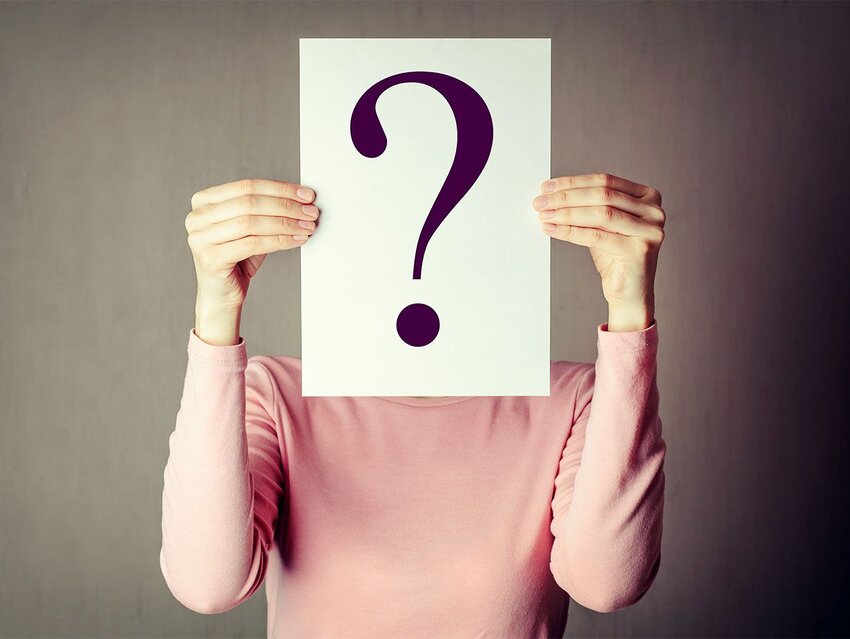In 1939, Winston Churchill described Russia as “a riddle, wrapped in a mystery, inside an enigma,” speaking eloquently to the Western perception of this culture as quizzically “other.” In the 1994 Seinfeld episode “The Big Salad,” Elaine appropriates this expression to describe Jerry’s neighbor/nemesis Newman, to which Jerry sarcastically replies, “He’s a mystery wrapped in a Twinkie.”
Based on these context clues alone, one can decipher that “enigma” is synonymous with a puzzle, but carries connotations of even greater mysteriousness. The word itself is defined as “a person or thing that is mysterious, puzzling, or difficult to understand.” This original meaning remains intact today, but uniquely, the word expanded into proper noun status with major historical significance as the name of the coding device the Nazis employed during World War II, which became the subject of the 2014 film The Imitation Game.
Riddle Me This
The modern word “enigma” originated in the mid-16th century, meaning a “statement which conceals a hidden meaning or known thing under obscure words or forms.” It comes from the Latin aenigma, which has even deeper Greek roots: ainigma, or “a dark saying, riddle,” from ainissessthai, which is to “speak obscurely, speak in riddles,” from ainos, a “tale, story, saying, proverb.” While it’s unclear how the ancient Greeks got from “story” to “riddle,” the general “puzzling” usage of the word in English came about around 1600.
A few centuries later, in 1918, German engineer Arthur Scherbius applied for a patent for an electro-mechanical cipher device he called “Enigma.” Though the technology for a rotor-based cipher machine originated in 1915, and several other inventors created other versions, Scherbius’ device won the rat race for historical significance.
Making and Breaking the Code
Though Scherbius intended to sell the Enigma machine for commercial use in business, the German army began ordering the machines in large quantities in the mid-1930s as it began preparing for war. It decided upon the Enigma because the code was particularly difficult to break — it combined two different types of encryption, wherein an electromechanical rotor mechanism scrambled the 26 letters of the alphabet. The rotors took in a letter and output a different letter, and then rotated so that the encryption was different for each letter typed. So, for example, if the Germans were to type in “H-H” for “Heil Hitler,” it might come out as “L-N,” even though it originated from the same letter. They further magnified this security by changing the machine settings daily, so that it became virtually impossible to break the code by hand.
Despite Nazi confidence in the unbreakability of their coded messages, the Poles broke the code in the early 1930s, led by mathematician Marian Rejewski. By 1939, with tensions rising and the likelihood of a German invasion growing stronger, the Poles turned their findings over to the British, who founded the secret code-breaking group Ultra. Led by mathematician Alan M. Turing, the team finally succeeded at breaking into the Germans’ daily communications in 1941, using Turing’s Bombe code-breaking machine, which he invented in March 1940.
Linguists to the Rescue
In many ways, simply extracting the message from the mysterious array of numbers and transforming it into readable language wasn’t enough. Just because the British could now read the German messages didn’t mean they knew what the communications meant. As with modern email and text messages, so much can get lost in translation. Turing’s mathematicians were assisted by a large team of linguists, recruited by the British military from universities. These individuals, many of them fluent in German, Japanese and Russian, could take the decoded messages and interpret them further; as many of the messages weren’t decrypted in real time, the linguists would place them in order and help identify locations, time frames, and more.
While Turing’s Bombe machine still relied on some human instinct, in the sense that a code breaker had to guess a few words in the message to begin the process, it unlocked the possibilities of what modern technology could do. Now known as the Turing Machine, it's considered by many to be the basis of the modern general-purpose computer. While programmers today may study math and computer science, without the help of linguists and language experts, many of the enigmas of codebreaking may have remained a mystery.
Featured image credit: Lazy_Bear/ iStock

